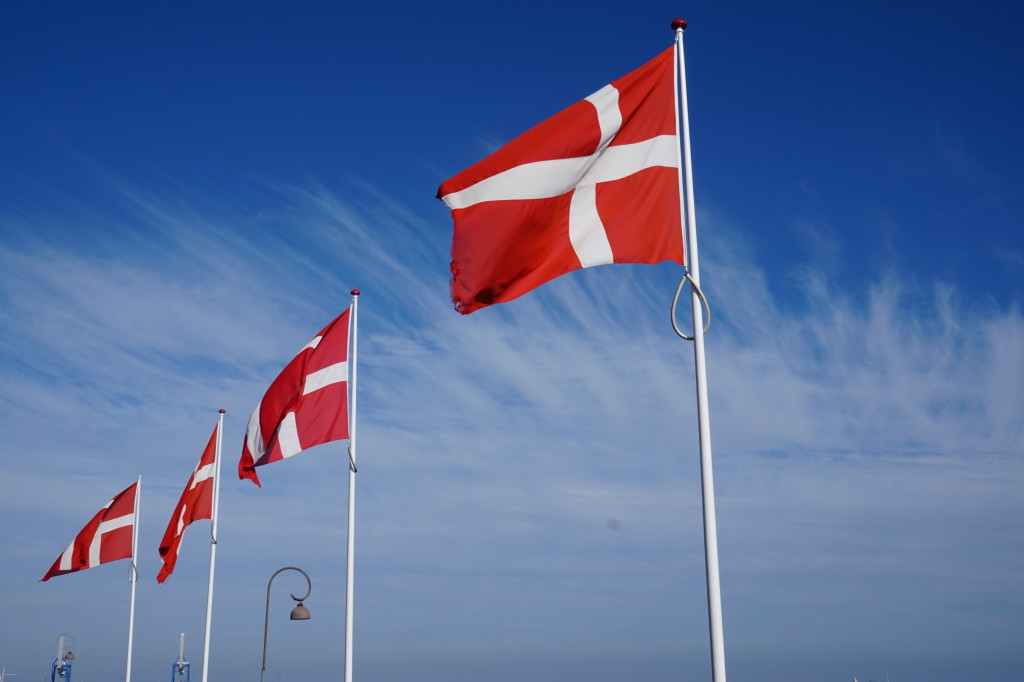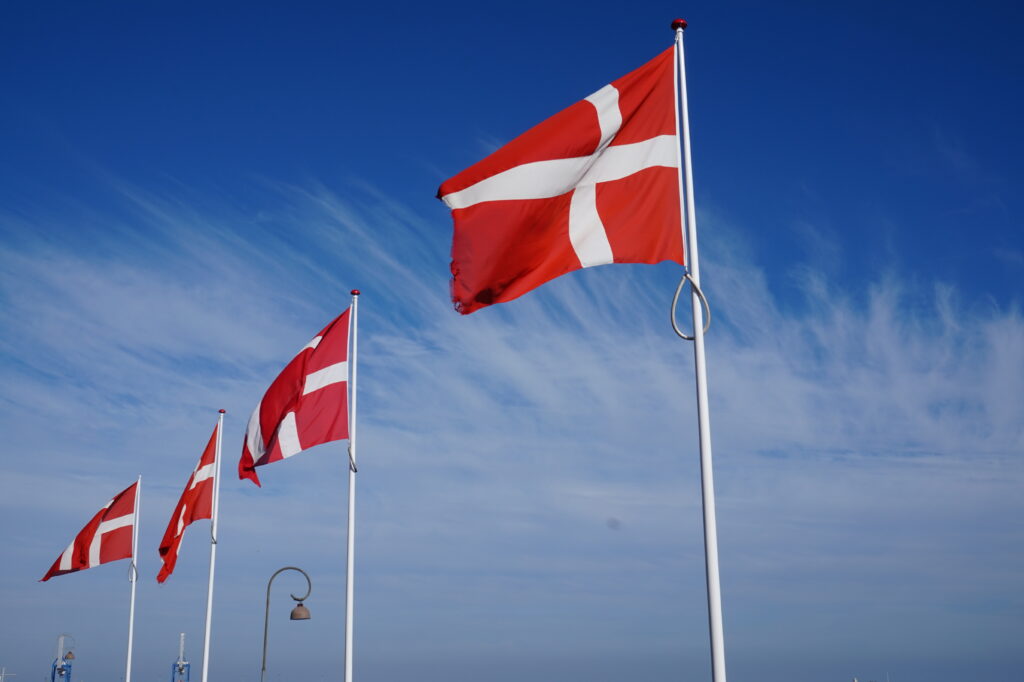
It’s debate season in the United States, which also means it’s the season for exasperated threats of moving to Denmark if this or the other candidate wins. Left-wing sweetheart Bernie Sanders is particularly enamored with the Scandinavian country. Sanders has praised Denmark in the past for its progressive policies on free education and healthcare, as well as subsidized childcare. The country is also known for having paid leave for mothers and an on-average happier populace.
There’s nothing inherently wrong with comparing countries. In fact, it is important that we examine social and economic progress elsewhere to monitor policies at home. However, progress and growth in other countries cannot be examined via an “us vs. them” rationale, especially in the context of policy.
Critics of Sanders and his agenda attack his love for Denmark with statistics about taxation rates, GDP and demographics, essentially re-iterating Hilary Clinton’s eloquent “we are not Denmark” response to Bernie’s Europhilia—which is in many respects a valid point. However, just as the United States is more than its GDP, we must examine Denmark as more than a few statistics. For example, take the Danish higher education system.
Denmark’s higher education programs are all, in fact, free. Granted, free is a relative term given high tax rates and cost of living, but if you are an EU or EEA citizen, there is no tuition. This applies even to art and trade schools.
So much scholarship and grant money is offered to cover living expenses that some Danish students are essentially paid to go to college. The State Educational Grant and Loan Scheme (SU), for instance, offers at least some financial support for all Danes, regardless of socioeconomic standing. All Danish college students not independent from their parents are eligible to receive about $900 per month under the SU. Students can receive the funding for up to six years while they are in school, and students who are particularly successful can apply for more funding.
This model particularly appeals to parents, students and adults still paying off debts from ridiculously priced American universities. Even public universities aren’t free in the US, and the average American graduating college in 2015 will have $35,000 of student debt.
A study1 on higher education in welfare states by the University of Amsterdam neatly summarizes the differences between education in the US and Denmark with the “Decommodification Index.” Decommodification refers to a utility’s independence from the market; the more decommodified, the more it is viewed as an entitlement. For education, the study measured public expenditure on higher education, the share of public expenditure on higher education, enrollment, average tuition fees and the student loan/grant system. The study found that Denmark and the US are the most polarized of the countries studied: Denmark has a Decommodification Index of .97 and the United States has a -1.01 (the Index is a measure of z-scores with a mean of 0, determined by all the above factors of decommodification; all countries received between a -1 to 1 score except the US).
Practically what this means is that Danish students view higher education not as something to work hard for, but something to which they are entitled. While many in the United States work several jobs to get through college, for many Danes college is their job.
There are some that worry that this entitlement is actually hurting Denmark’s economy. The Danish government pays for all kinds of education, and as such, many students are opting for arts and humanities programs over more technical careers. The number of students in Denmark contemplating a career in engineering is only one-third of the OCED average despite booming opportunities for engineers. A few technical companies such as Novozumes, Lego and Coloplast have felt the need to launch advertising campaigns just to win students to the field.
The idea of free education sounds ideal: no more student loans, the ability to focus on studies instead of jobs to make ends meet and no reliance on family or friends. But Americans who want to start marching down the free education path must look at the larger picture: the US is not Denmark.
Electing a president who believes in free education is great in theory, but let’s take Clinton’s statement and consider the logistics. Denmark gets its money for higher education from extraordinarily high taxes. In order to make college free in its current state, the US government would have to hike taxes by an unprecedented amount. (The US would need an additional $160 billion per year to cover the total revenue brought in by state schools in 2012 from non-state sources.) And unlike Denmark, a centralized constitutional monarchy with a fairly homogenous population fifty-seven times smaller than the size of the United States, the US must pass every idea by three branches of government and fifty states. A presidential executive order wouldn’t work here.
Besides the practical difficulties, there is an ideological question of whether the Danish model is compatible with what many Americans perceive to be the core of American values: independent hard work. If a welfare program is what the US wants, it must be willing to sacrifice some of that mentality.
The solution then is to stop using hyperbolic rhetoric. Copying Denmark entirely isn’t feasible. That being said, copying little bits is. The United States could be well served by taking a look at some of Denmark’s student grant and loans programs. It would also be well served by looking at some of Denmark’s other successful programs, such as healthcare and drug policy. True, the US is not Denmark. But that doesn’t mean the two countries can’t learn from each other.
The views expressed by the author do not necessarily reflect those of the Glimpse from the Globe staff, editors or governors.
[hr]1. Willemse, N., and P. De Beer. “Three Worlds of Educational Welfare States? A Comparative Study of Higher Education Systems across Welfare States.” Journal of European Social Policy, 2012, 105-17.









